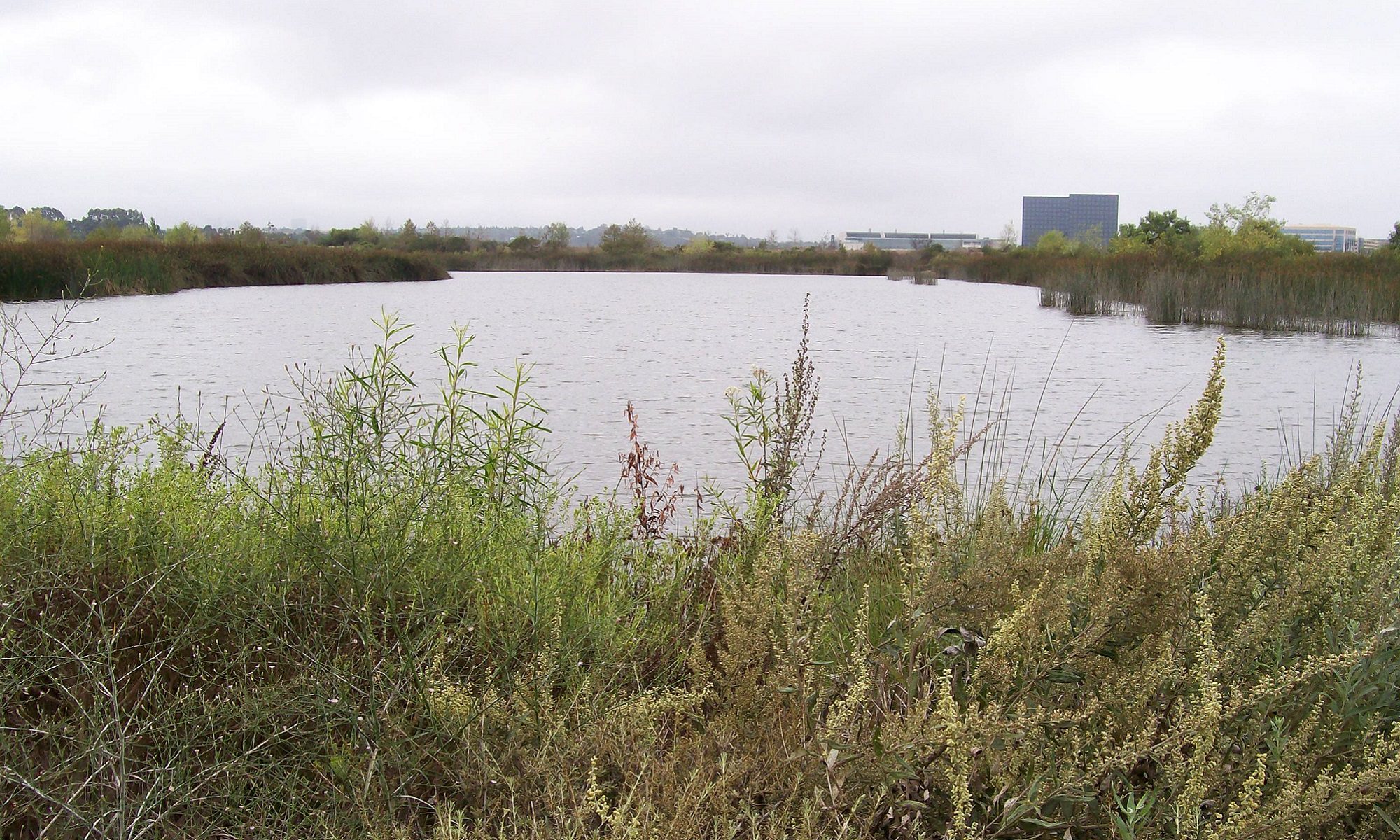In the book Hunting Marfa Lights, James Bunnell reveals, “On rare occasions I have observed MLs [mystery lights in the Marfa area of Texas] repeat their location but only on consecutive nights.” (See the middle of page 165). One instance of that phenomenon was recorded late in 2008 and found to be from a night-mirage effect on a ranch light, but what about other recordings?
Temperature inversions, which can cause night mirages, may be common in this desert area of southwest Texas. But night mirages only occur within a limited viewing angle, clearly eliminating this explanation in some cases.
For example, the November, 2000, Marfa Lights were observed by eyewitnesses who were five miles apart: about 80 degrees. In addition, the May 8, 2003, were observed by eyewitnesses seven miles apart, and those lights were photographed by one of Bunnell’s cameras from a third location. Obviously, mirage conjectures fail to explain those ML sightings. Bioluminescent flying predators, however, remain in contention.
The May 8, 2003, ML sighting was the second consecutive activity night, with first appearances at 1:19 and 1:38 (hours/minutes) after sunset respectively. This fits quite well with the hypothesis of highly-intelligent nocturnal bioluminescent flying predators that hunt in the same general area on a night following a very successful hunt.
“Analyzing Data for a Marfa Lights Interpretation”
Over a period of months, some of the nocturnal hunting excursions may be especially successful, even if the prey is a species of small animal like a bat . . . What can we predict after an especially successful hunt? The next night may see those predators hunting in the same area or a nearby area. If the successful hunt were early in the evening, soon after sunset, the second night may also be early in the evening.
We now examine some of Bunnell’s data for camera recordings of significant mystery light appearances from late 2000 through late 2008.
What is most important is this: 75% of those one-night successions involved starting times less than twenty minutes apart, for example one hour and nineteen minutes after sunset on May 8, 2003 and one hour and thirty-eight minutes after sunset on May 9, 2003. On July 15-16, 2006, mystery lights first appeared only about one minute apart: thirty-eight and thirty-seven minutes after sunset, respectively.
That appears to be dramatic circumstantial evidence for a group of nocturnal flying predators that hunt as a group in southwest Texas.
(Marfa Lights are sometimes called “ghost lights.”


